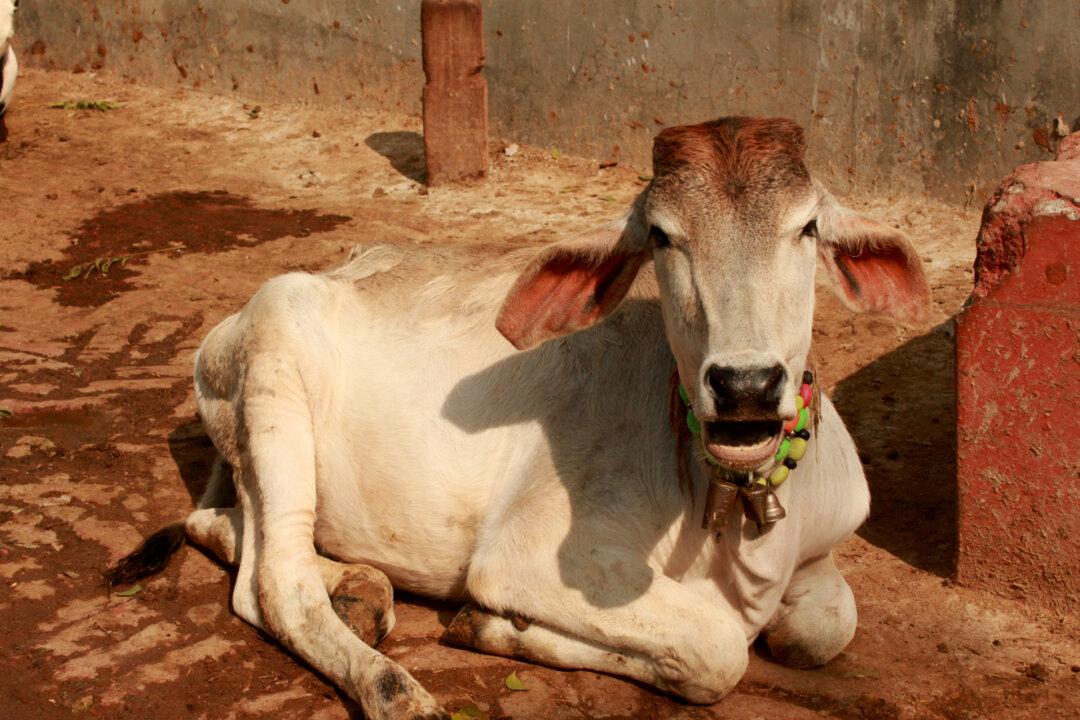Despite the apparent constitutional ban on killing cows, the laws on this issue differ by region and religious demographics.
96 Villages Maintain Delhi’s Oldest Shelter for Abandoned Cows

A cow at a shelter for abandoned, orphaned, and disabled cows in Kishangarh village, New Delhi, India on Feb. 3, 2015. Venus Upadhayaya/Epoch Times

Venus Upadhayaya
Reporter
|Updated:



